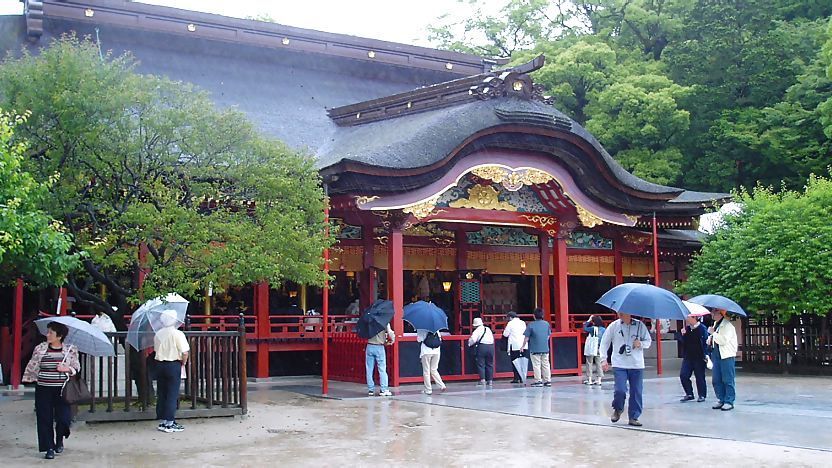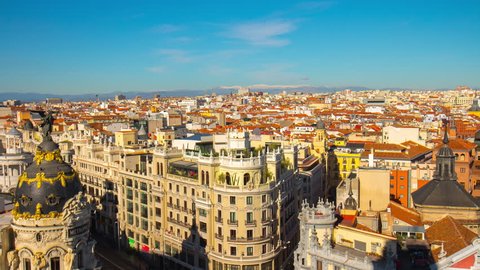Japan is a long country, meaning that it spans far north to south and experiences multiple climates. It is composed primarily of the four islands of Hokkaido, Kyushu, Shikoku, and Honshu, the largest. The country is mostly temperate with a subarctic climate to the far north near Hokkaido, and a subtropic climate to the far south near the islands of Okinawa and Ishigakijima. Most of the Japanese islands are dominated by mountains with the Japanese Alps stretching the length of Honshu. Because of the presence of mountains and few vast plains, one third of the population lives in the largest plain, the Kanto Plain, where Yokohama, Tokyo, and Kawasaki are located.
 |
| Japanese Alps |
During the early summer, Japan experiences a rainy season called "梅雨". In the Kanto region, this can last from early June to mid July. During the height of the rainy season, any given day in Tokyo has a 45% chance of rain, with roughly half of these rainy days experiencing heavy rainfall. Hokkaido experiences considerably more snowfall than the rest of Japan and does not experience the rainy season as the rest of Japan does.
 |
| Tsuyu |
In the spring, Japan is known for the 花見, cherry blossom viewing. Meanwhile, the fall has vibrant leaves on trees but also sees the arrival of typhoons.
 |
| Hanami |











